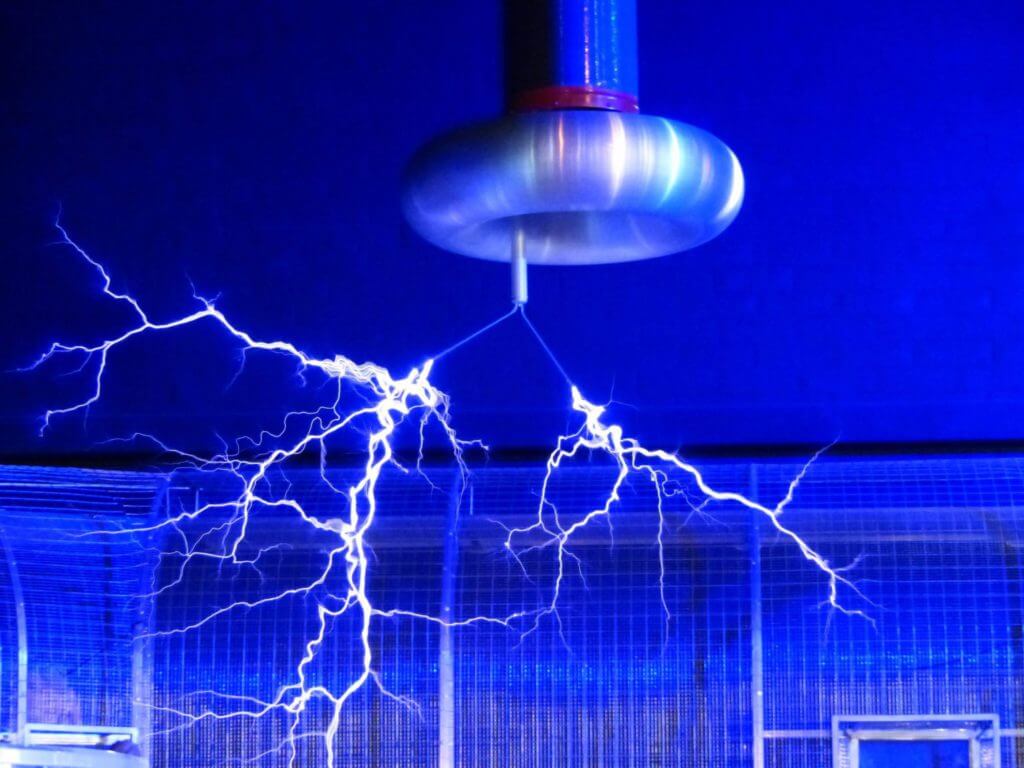

Since the invention of the Faraday cage in 1836 by its namesake Michael Faraday, the world has been fascinated by its ability to block electromagnetic fields.
Many practical uses for such an ability have been utilised in the 185 years following its invention.
Uses such as protecting sensitive electronic equipment from external radio frequency interference(RFI), to protecting people from lightning strikes.
What is a Faraday Cage?
Wikipedia states that:
“A Faraday cage or Faraday shield is an enclosure used to block electromagnetic fields. A Faraday shield may be formed by a continuous covering of conductive material, or in the case of a Faraday cage, by a mesh of such materials.”
Basically this means that when an electric current hits part or all of the cage, the conductivity of the cage materials distributes the current evenly around the cage to ground, while protecting everything inside the cage from harm.
How do Faraday Cages affect Mobile Signal?
We have seen how people make use of Faraday Cages to improve our lives. There are however some inadvertent Faraday Cage hindrances that have arisen due to advancements in technology.
Most of the construction materials used in building since the early twentieth century are conductive in nature, in essence making all modern buildings Faraday cages of sorts.
This was never really a problem before the invention of mobile phones.
Tv signal is received externally by an aerial or satellite dish positioned on the outside of the building, and sent to the inside of the house through cables.
Broadband and home phone are sent into your building using a landline.
Mobile phone signal is wireless and the signal is sent directly to your device, herein lies the problem.
Mobile phone signals like electric currents, cannot pass through a perfect Faraday Cage.
While Buildings are not perfect Faraday Cages, they can still block much of the mobile signal being sent out by your provider from reaching your device. This is especially true in larger buildings as the signal can be lost completely in large areas, rendering the device incapable of making or receiving calls.
How to Fix Poor Mobile Signal in Buildings.
Luckily there is a way to fix this problem, even in large buildings.
The answer is, by installing a mobile signal booster on the outside of your building with an antenna on the inside of the building to receive the boosted signal.
On small buildings and homes this is an easy enough process, but in larger buildings an technician is needed to optimise placement of the devices and also how many may be needed for full building coverage.
Mobile Signal Solutions provide Ofcom approved Signal Boosters for commercial use and have installed Boosters and Repeaters in some of the largest and prestigious buildings across the UK and Abroad.
Wave Boosters have a wide selection of Ofcom approved domestic devices, perfect for home use.
Whatever your Mobile Signal needs are, We have you covered. Poor Mobile Signal doesn’t have to be something you put up with.





